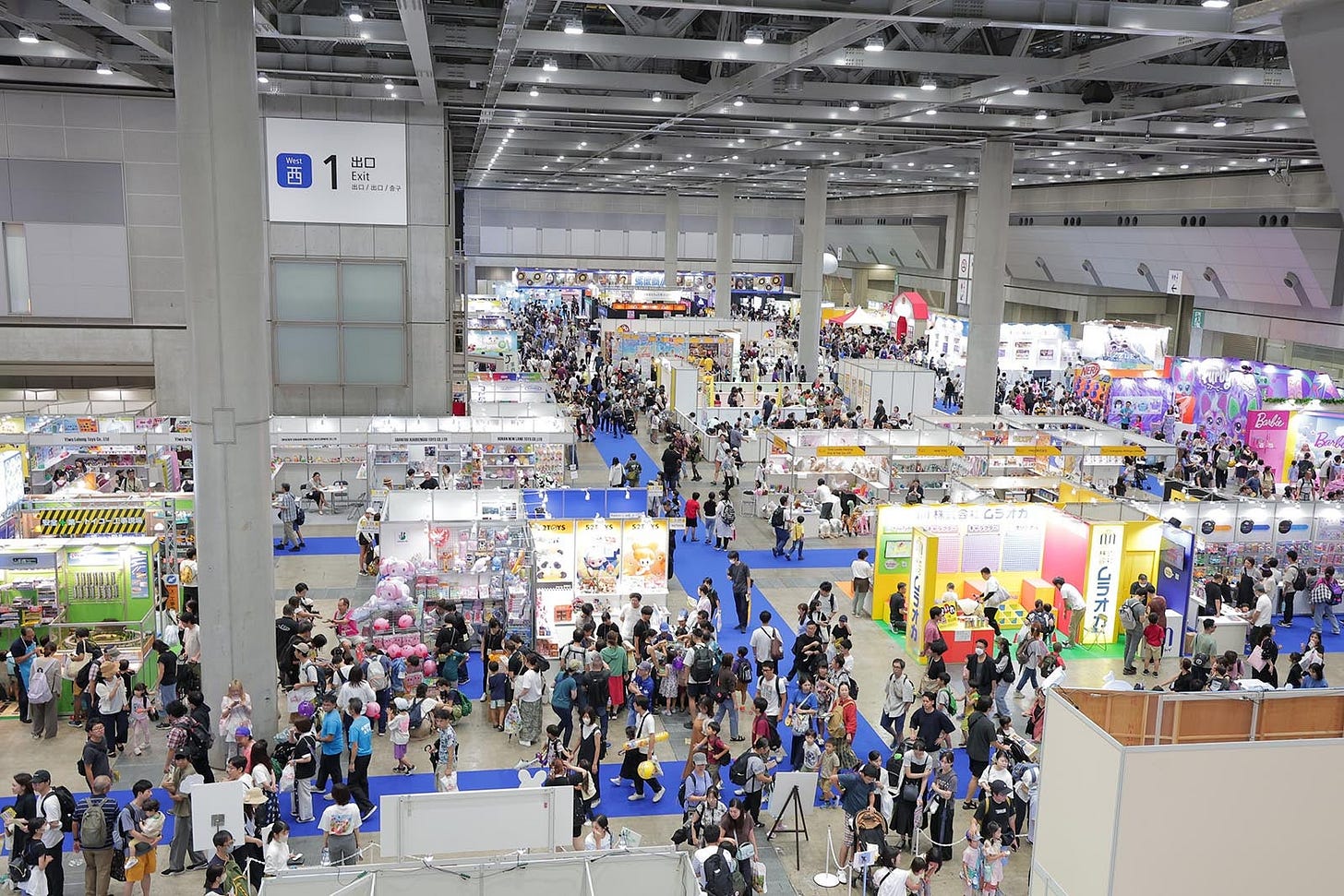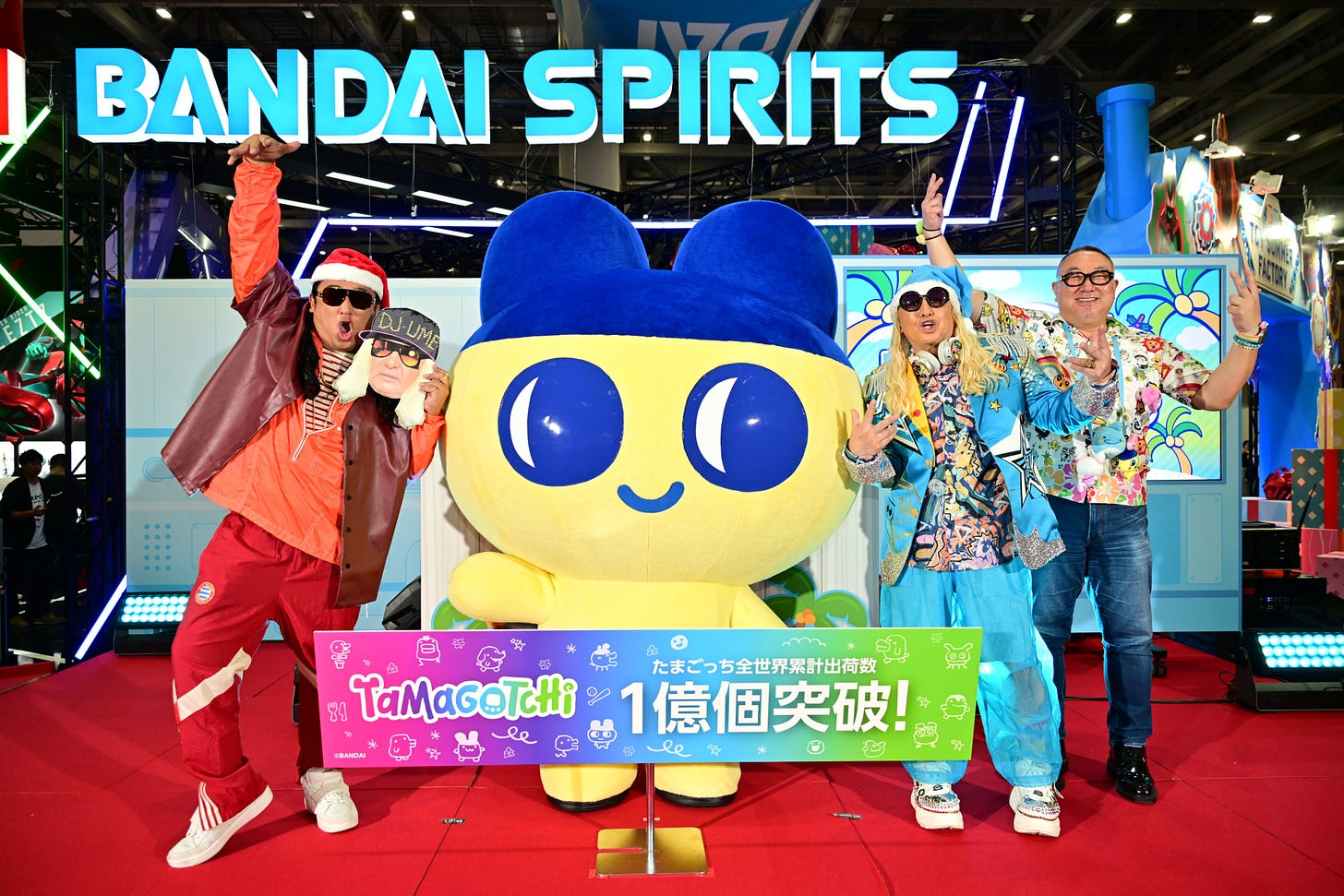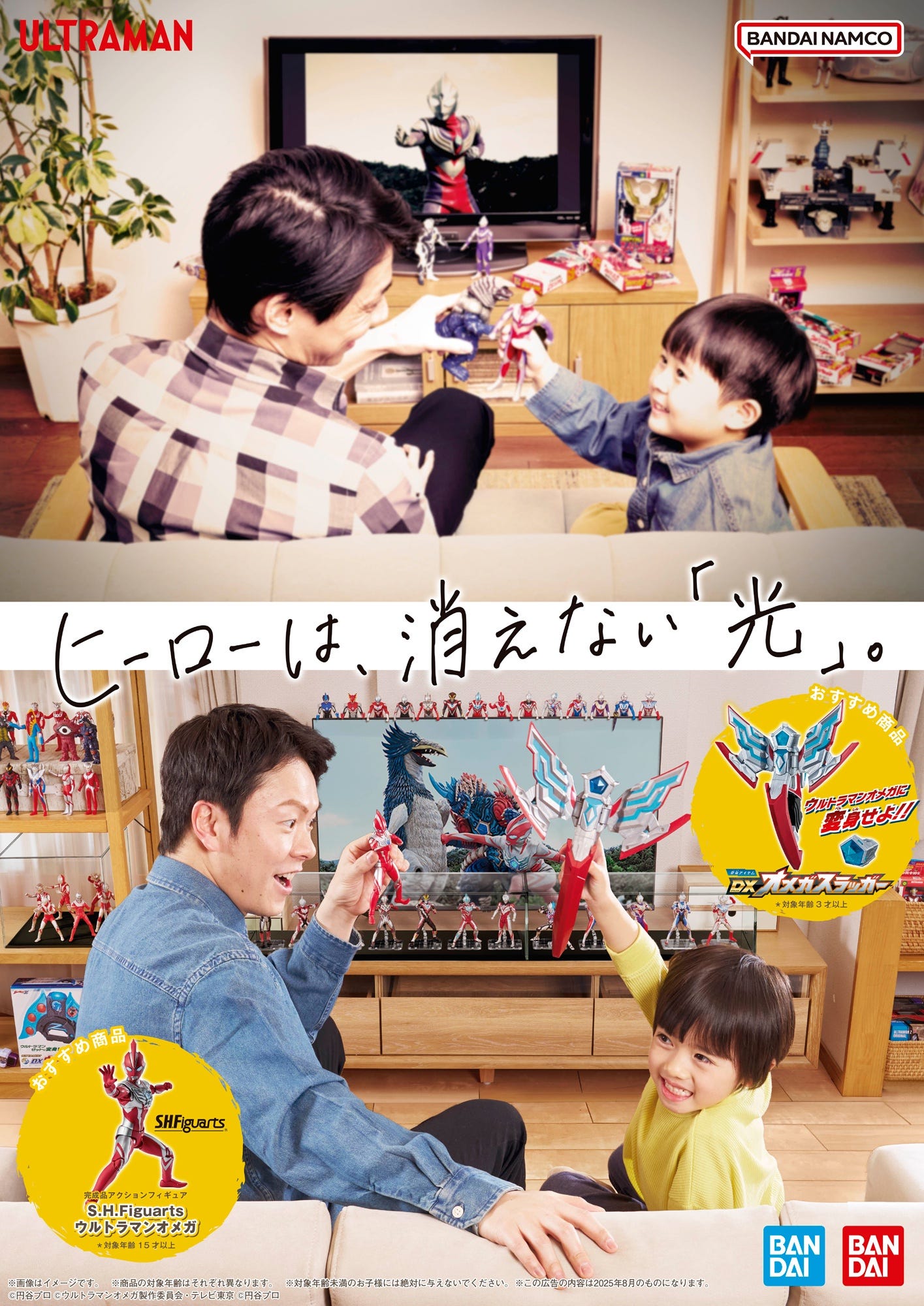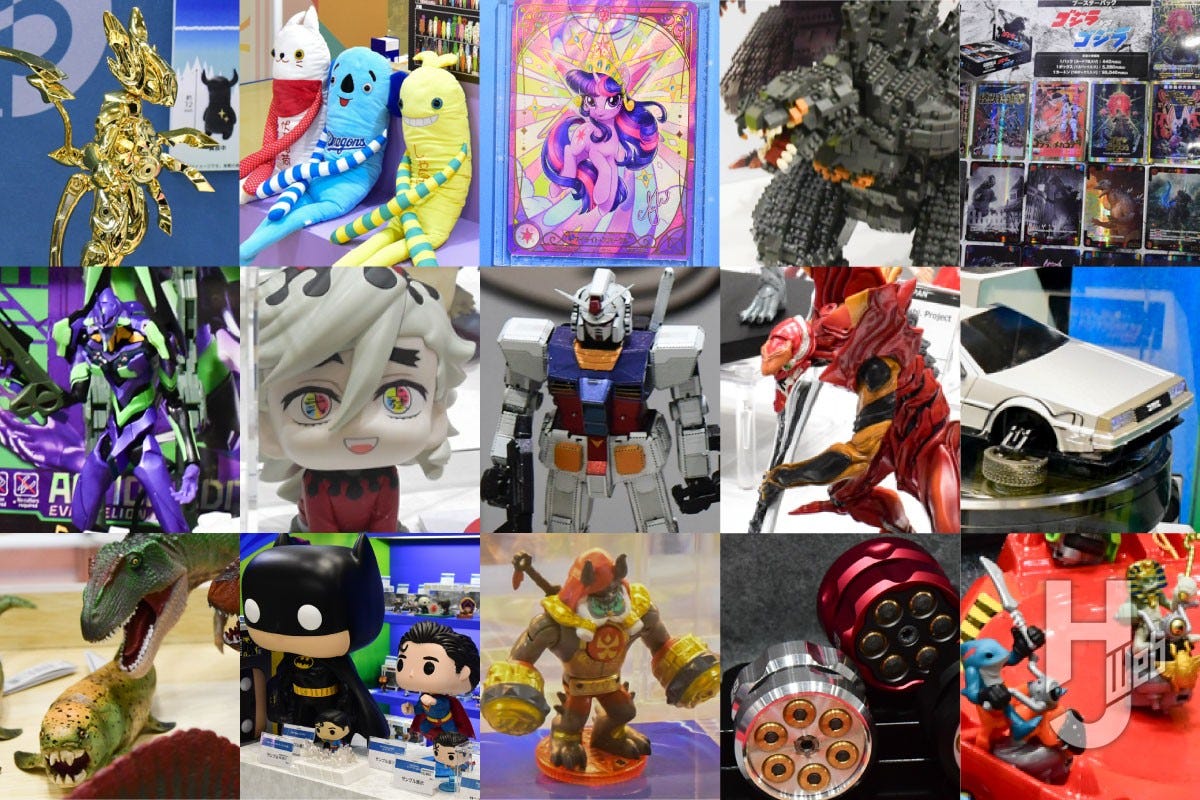Japan’s Toy Market Booms as Adults Rediscover Play
Japanese pop culture news edited by Patrick Macias
Japan’s toy market has hit a record one trillion yen (about $6.7 billion)
Adults are driving growth by returning to childhood favorites
Companies revive hits like Beyblade with new twists
When Childhood Games Come Back Stronger
Japan’s biggest toy trade fair, the Tokyo Toy Show, opened this week at Tokyo Big Sight. Despite declining birth rates, the country’s toy industry is thriving. In fact, last year sales passed the one trillion yen mark (about $6.7 billion) for the first time. The secret? Toy makers are leaning into nostalgia and reviving classics that now appeal to grown ups as much as kids.
Takara Tomy stole the spotlight with a special stage event featuring pop star DAIGO. Armed with his own Beyblade, he challenged Japan’s reigning champion in front of a crowd. The spinning top game, first launched in 1999 as a modern take on the traditional beigoma, has sold over 550 million units worldwide. Its newest “X Series” adds acceleration mid spin, creating explosive battles.
The Rise of Kidults in Japan
Industry watchers say adults are now key to toy sales. Known as “kidults,” this group buys toys not just for nostalgia but as lifestyle products, stress relief, or collectibles. Limited editions and collaboration models often sell out quickly. What once was pocket money play is now a serious market, with buyers willing to spend big on upgraded versions of childhood favorites.
For companies like Takara Tomy, Bandai, and Sega Toys, reviving older brands is a smart way to hedge against Japan’s shrinking child population. Beyblade, Transformers, and even Tamagotchi have all seen reboots aimed at fans who first loved them decades ago. With marketing that appeals across generations, companies can sell the same toy to kids discovering it for the first time and adults who never really let go.
The Future of Play in Japan Is Cross Generational
Beyond the toy aisle, these products are showing up in fashion, cafes, and online fan communities. Collectors trade rare models, influencers show off battles, and office workers proudly decorate desks with toys. This cultural crossover is helping the toy market stay relevant in an age of mobile games and streaming entertainment.
Analysts predict the one trillion yen milestone is only the beginning. As long as companies continue to refresh classics and tie them into broader entertainment, the demand will remain strong. In Japan, toys are no longer just for kids. They are cultural touchstones and social experiences, proving that play has no age limit.






